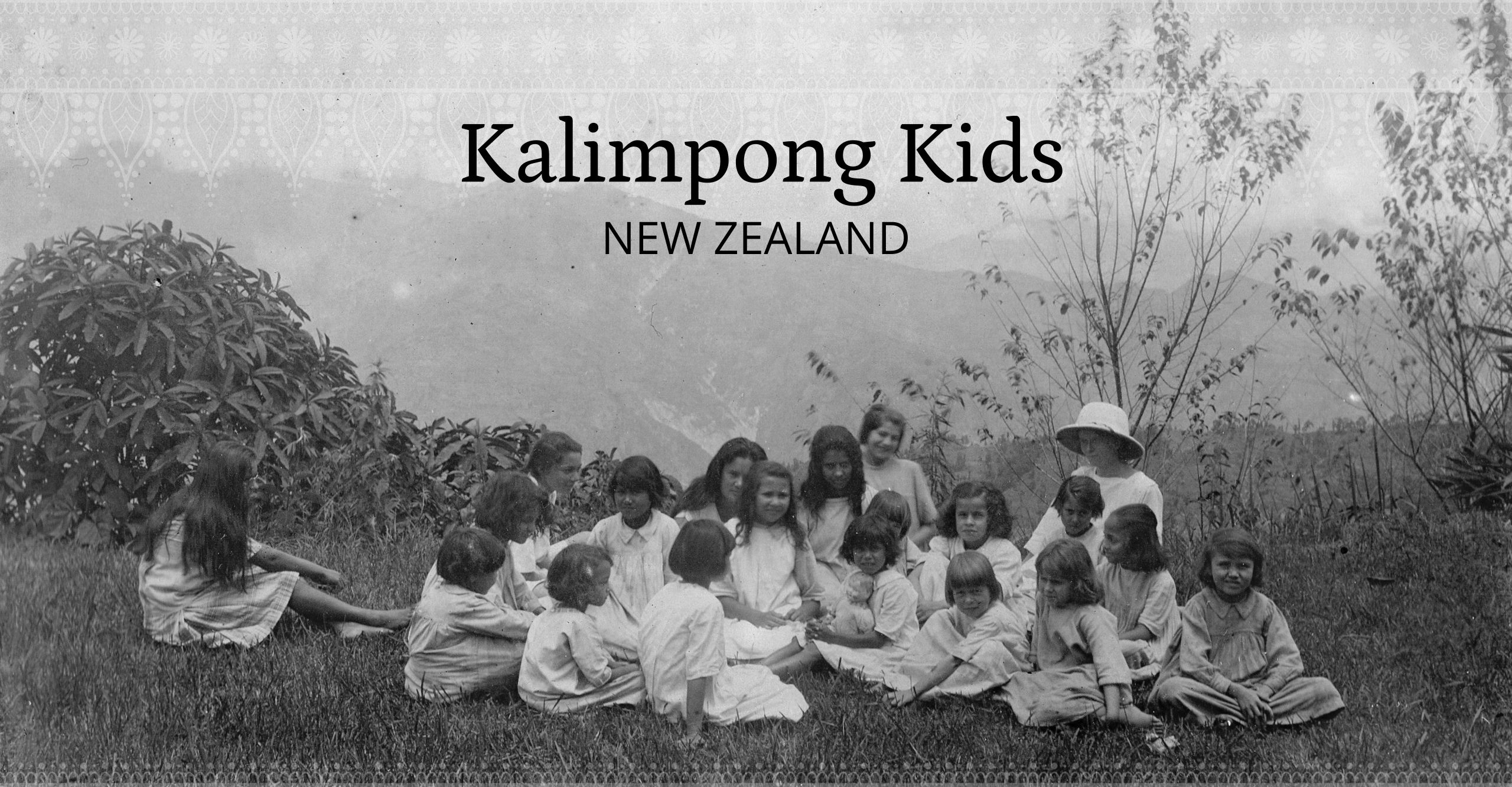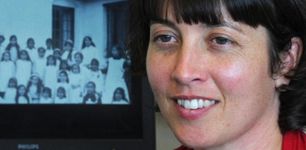My story

Jane at Dr Graham's Homes, Kalimpong, 2007.
My name is Jane McCabe. My grandmother, Lorna Peters, arrived in Dunedin with a small group from Dr Graham’s Homes in 1921. Lorna died in 1978 having never spoken about her Indian background. In 2007 I travelled to Kalimpong after the chance discovery of a school photo. On that thrilling first visit I found information not only about my family but also the larger scheme that saw groups of Kalimpong graduates resettled in New Zealand.
In 2009 I wrote a short dissertation at the University of Otago, based on the letters in Lorna’s personal file at Dr Graham’s Homes. Two years later, I embarked on a PhD looking at the emigration scheme as a whole. In the course of that research I met descendants all over New Zealand, and conducted archival research locally, in Scotland and in Kalimpong. I was awarded the PhD in December 2014. My book Race, Tea and Colonial Resettlement (Bloomsbury, 2017) was based on the thesis.
Ongoing work
My work on the Kalimpong scheme continues, spurred by our ever-increasing network of descendants. Together we are coming to terms with this fascinating and often difficult history, by sharing stories and information, reconnecting branches of families, and building a collective narrative. My latest book Kalimpong Kids: The New Zealand Story, in Pictures (Otago University Press, 2020) is a brilliant example of this collaborative effort, featuring photographs from family collections all over New Zealand.
















